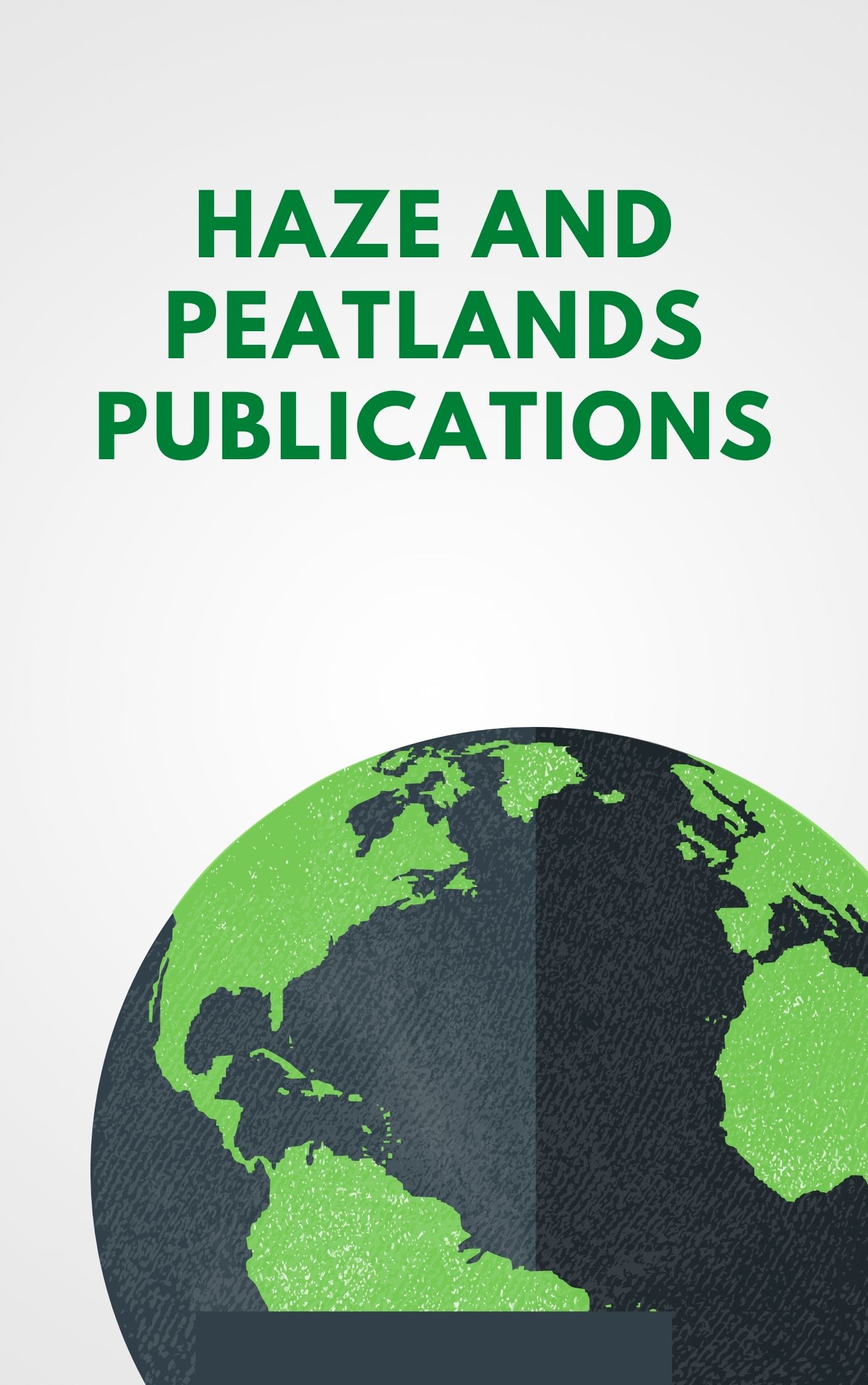Peatland fires in Southeast Asia are an important source of primary organic aerosol (POA). Chemical aging of POA in the atmosphere produces oxygenated POA (OPOA). The OPOA production influences optical and hygroscopic properties, modulating the regional climate. However, the roles of environmental parameters such as relative humidity (RH) on chemical aging of peatland burning particles have rarely been investigated. Utilizing the potential aerosol mass (PAM) reactor, we conducted laboratory experiments for POA aging of particles generated from smoldering combustions of surface peat, fern, and Acacia leaves. The corresponding experiments for secondary organic aerosol formation were also separately conducted. Properties and chemical compositions of the resulting particle were quantified by both the hygroscopic tandem differential mobility analyzer and time-of-flight aerosol chemical speciation monitor (ToF-ACSM). Conversion of peat combustion from POA to OPOA was pronounced when RH in the PAM reactor was higher. Considering that previous electromicroscopic observations demonstrated that peat combustion POA is likely (semi)solid, we postulate that oxidation of fresh peatland burning particles is faster at an elevated RH due to reduced viscosity following hygroscopic growth. Hygroscopicity parameter (κ) of aged POA particles linearly correlated with the mass fraction of OPOA that was quantified by the ToF-ACSM. The above results highlight the importance of simultaneously measuring the chemical aging and particle phase state of peatland burning POA for quantifying their climatic impacts.
View source

